Montmartre seen from the sky
Gouache on paper, signed lower right
43 x 30 cm
Fourth son of the painter Henri Martin, Jacques Martin-Ferrières attended a good school very early under the guidance of his father. He will definitely devote himself to his passion for painting after studying chemistry, which will allow him, introduced to the requirements of pigments, to prepare his own colors.
It begins with interior decorations, female portraits, already against the backdrop of large landscapes with expressive features. Curious about everything, a musician - with an excellent level on cello and piano - he likes to attend theaters and concerts where he sketches face after face with a firm and facetious pencil. His first exhibitions at the Salon (1920, 1923) were a success. In 1924 he obtained a scholarship there which opened the doors to the traditional trip to Italy: he then painted Venice, Florence, Rome, Assisi. He developed a taste for travel, and would henceforth live traveling across Europe - Spain, Italy, Greece , Croatia, Scotland, Holland, Germany, Switzerland - in summer traveling with a brush in his fingers as soon as a motif stops him, in winter in his studio, nourishing his works with the experience of travel. Flowers also often attract the attention of this colorist, those from the garden, planted for future compositions, or in bouquets picked for the workshop. In 1928, he began creating the decor for the St Christophe de Javel church in Paris. The success of this ensemble brought him other orders, in St-Ouen, Romans-sur-Isère, Montauban, St Louis in Marseille.
The war put a brake on this magnificent momentum. Jacques, following the brutalities suffered then, gradually lost the use of one eye: the painter did not reappear until 1956, but gone were the large compositions in which his vitality, his talent and his warm but always slightly mocking gaze had expressed themselves so well. However, he began to travel again, notably to the United States where he exhibited regularly. Until his death he will paint, until his death he will exhibit. Martin-Ferrières' landscapes and flowers keep us company today with as much life, warmth and color as if he were about to enter the room.



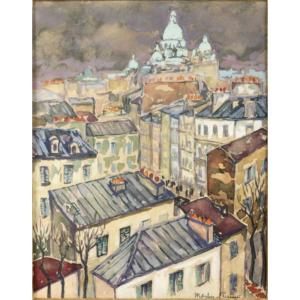



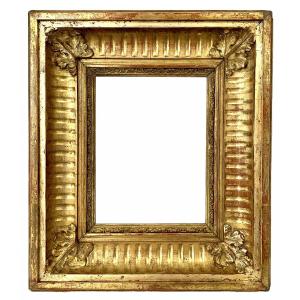










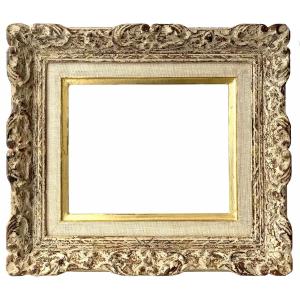

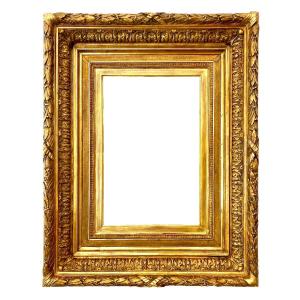
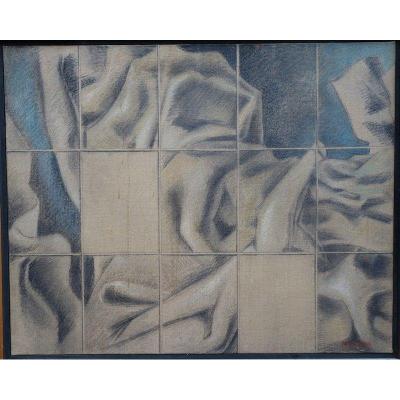


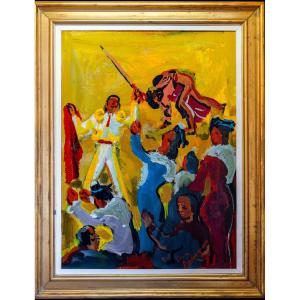




 Le Magazine de PROANTIC
Le Magazine de PROANTIC TRÉSORS Magazine
TRÉSORS Magazine Rivista Artiquariato
Rivista Artiquariato